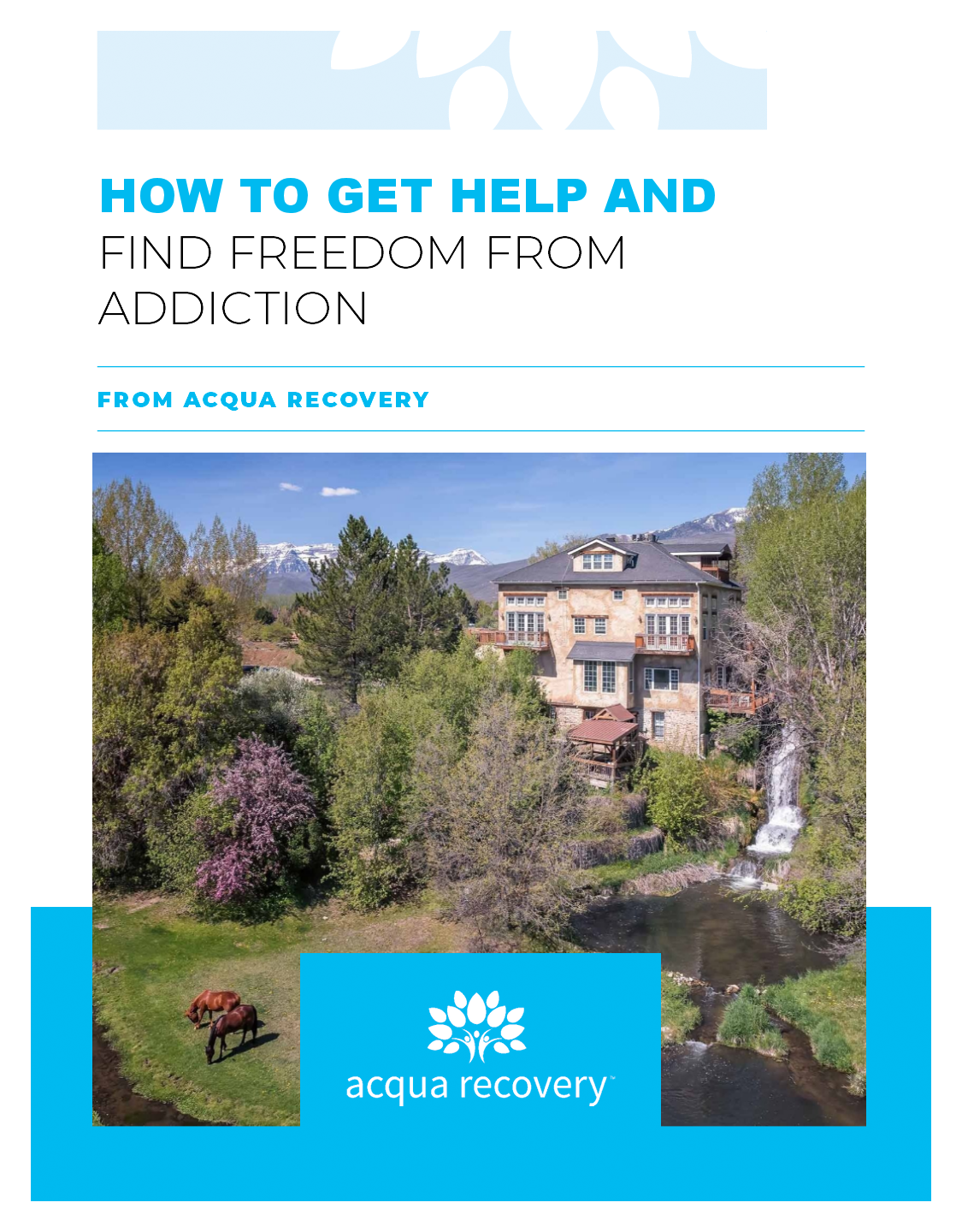The word codependency is often used to describe relationships that are imbalanced or unhealthy. What is codependency? In a codependent relationship, one person is the giver and the other person is the taker. In a healthy relationship, the give and take is mutual. Both partners give things the other person needs.
Who Can be in a Codependent Relationship?
What is codependency commonly seen in relationship-wise? The most common is romantic partners or parent and child relationships. However, codependent relationships can occur with any type of relationship, even friendships.
What is Codependency in Relation to Addiction?
Codependency is common in addiction because the addicted person begins to prioritize their addiction over relationships. The giver keeps on giving, even when it causes issues for them. The giver will enable the taker to keep using drugs. This is often done out of love, but it does the taker more harm than good. The taker will likely be unable to cope with life’s problems on their own. They may be immature, have difficulty with impulse control, or irresponsible. They will rely on the giver to provide for them. This can include taking care of them financially, physically, emotionally, or some combination of these. The giver will be a very loving giving person. They are responsible and successful in the basic areas of life. They have a strong desire to take care of the people they love, which leads them to ignore their own boundaries.
What are the Signs of Codependency?
What is codependency? People who are codependent often have low self-esteem. This applies to both the giver and the taker. Low self-esteem often drives the giver to be a people pleaser and prevents them from having proper boundaries. Pleasing others even when it violates their best interest makes them feel better about themselves. Takers are also known to have low self-esteem. They may appear confident, but there’s often an underlying feeling of inadequacy that is made worse by their inability to succeed at life on their own. Obsession is a sign of codependency as well. Often both parties feel bonded together. They may have few interests or hobbies outside of the relationship. It’s likely they may obsess over how other people feel about them or what they are thinking. They question their ability to be good enough for anyone else. Takers in codependent relationships need to have some control over others because they don’t feel they have control in their own lives. The more dependent they are on a giver, the more control they will feel they need. This can take the form of neediness, not allowing the giver to have close relationships with friends, family, or financial control. One of the most difficult aspects of codependency is denial. Those with substance abuse issues will often say they don’t have a problem, and may not be able to recognize the damage their addiction causes. This is also an issue with codependency. Both parties are often in denial about the unhealthiness of the relationship.
Healing from Codependency
What is codependency healing? For addicts, healing codependency begins with getting clean. However, the giver and the taker will both need to work on the relationship. Individual and group therapy can be very helpful. Both parties will need to heal the underlying drives behind the codependency, like insecurity and low self-esteem. They must change their thought processes, which has to be done over time. Seeking therapy together is also beneficial. This allows them to learn better communication skills. They will learn to recognize codependent behavior and how to react in more positive ways.
Codependency at Acqua Recovery
Codependency doesn’t have to be a lifelong problem. If you are in a codependent relationship, we can help. Contact Acqua Recovery at 866.830.4628, and let us show you how to build healthy relationships that provide value for everyone involved.











